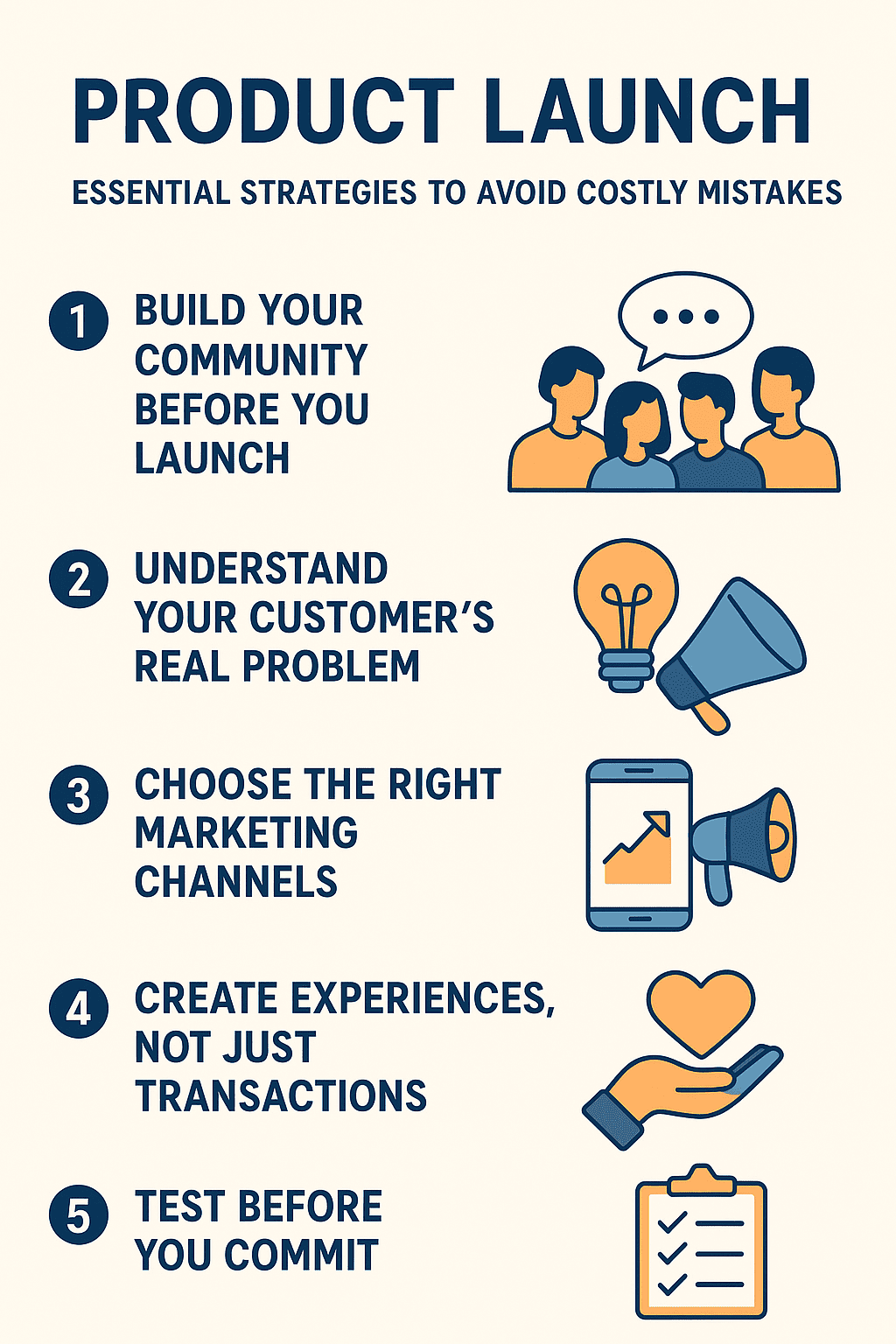Investment in India’s capital landscape is changing fast. While venture capital firms and institutional investors remain key to economic growth, accessing their capital is becoming more competitive. Traditional investors usually focus on sectors and stages they know well, a system that has dominated for decades.
But this conventional approach concentrates financial power in the hands of a few decision-makers. Many promising startups and growth-stage companies struggle to access these funds, even when they have solid business fundamentals.
This gap has sparked a new movement: entrepreneurs and operators launching their own investment platforms, democratizing capital like never before.
Opening Investment Opportunities Beyond Traditional Boundaries
Business leaders with access to good deal flow, strong networks, or domain expertise, whether in tech, real estate, manufacturing, digital commerce, or alternative assets, often underestimate their potential.
By creating their own investment vehicles, these operators move from being passive investors to active capital allocators. They don’t just raise funds; they manage and deploy them strategically. When done right, private fund creation isn’t limited to Mumbai’s financial district or Delhi’s investor circles. It becomes a scalable framework for growth, allowing entrepreneurs to support the next generation of Indian founders.
Fund creation gives entrepreneurs more leverage and influence. They can accelerate their own growth while helping shape India’s startup ecosystem.
Education Makes It Possible
I’ve seen this work firsthand. Entrepreneurs across India are discovering how to create and manage their own investment platforms.
I structured my first investment vehicle at 22, while still completing my studies. I raised ₹40 lakhs and delivered 64% returns to backers. That success led to a second, larger fund, deploying several crores across 200+ transactions over three years. This second fund was eventually acquired by a competitor. Today, we manage two active funds with combined commitments exceeding ₹400 crores.
This experience proved that any intelligent business owner or professional can launch an investment vehicle, you don’t need decades in institutional finance or an IIM/foreign degree.
Since 2019, through my advisory practice, we’ve educated over 100,000 people on investment vehicles and helped launch 300+ funds. Collectively, our clients manage assets exceeding ₹39,000 crores.
Models like Y Combinator inspire this approach, showing how founders can discover and launch exceptional companies in ways traditional systems can’t.
Creative Capital Structures Unlock New Opportunities
Many Indian CEOs only consider conventional paths, bank loans or equity, for scaling.
For example, a manufacturing client once sought strategies for expansion. Instead of traditional options, we explored a creative structure: an external investment vehicle acquires competitors while contracting his company to manage marketing, branding, and scaling. This gives him operational control without risking his core business and allows him to participate in the upside. The same model could apply to consolidating suppliers.
This shows how innovative capital structures create opportunities traditional funding can’t address.
India’s Unique Advantage
India offers distinctive investment opportunities:
- Our growing economy, expanding middle class, and entrepreneurial energy in tier-2 and tier-3 cities create new avenues.
- Entrepreneurs with sector-specific insights, like Agri-tech, regional manufacturing, vernacular commerce, or niche services, can back ventures that generalist funds often overlook.
- Focused investment vehicles allow strategic involvement that pure financial investors cannot provide.
The regulatory environment also supports this approach. SEBI’s Alternative Investment Fund (AIF) framework offers clear pathways for setting up Category I, II, and III funds. With the right guidance, entrepreneurs can navigate this process and create legitimate investment vehicles.
Building India’s Next Investment Ecosystem
The next generation of investors and entrepreneurs won’t just replicate Western models. We’ll adapt them for India’s unique context, building structures that serve Bharat, not just metro cities, supporting ventures that solve India-specific problems with India-relevant solutions.
This vision is ambitious, but ambition is familiar to founders. The question isn’t whether this change will happen; it’s whether you’ll participate.
The opportunity exists. The frameworks exist. Education is accessible. The only question is: will you take the first step?
Image Credits: tayfegypt.com
🔗 For more articles on startup growth, fundraising strategies, and business insights for Indian founders, visit: Udyamee India Magazine










